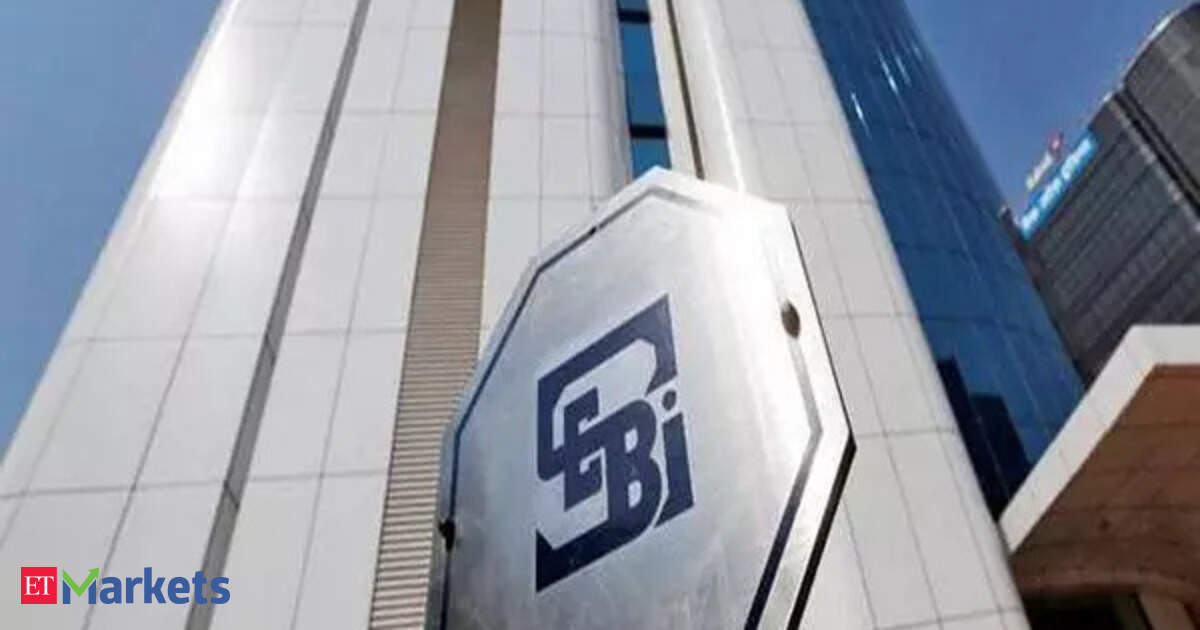Private banks have shown better pricing discipline by managing spreads on new loans, while public sector banks have responded more directly to policy transmission, resulting in a steeper decline in lending yields.
On the deposit side, term and savings rates are now gradually moving lower, which will help ease funding costs over the coming quarters.
This transition, though challenging in the short term, lays the foundation for margin stability in the medium term. Net interest margins are expected to bottom out by the second or third quarter of FY26 as the benefits of lower deposit rates start flowing through.
Additionally, the phased reduction in the cash reserve ratio (CRR) will infuse durable liquidity into the banking system, further supporting profitability.
Importantly, asset quality across banks remains resilient. Early signs of recovery are emerging in unsecured retail and microfinance portfolios, which had previously seen stress. As credit costs normalize, banks are better positioned to safeguard their earnings profiles.
Operationally, lenders are strengthening their deposit franchises, focusing on stable and granular liabilities to navigate through the rate cycle more effectively. This focus on building a solid liability base will remain a key differentiator going forward.
Looking ahead, the second half of FY26 is expected to be a turning point. With improving liquidity conditions, easing cost pressures, and stabilizing margins, banks are well-positioned for an earnings rebound. The momentum is likely to extend into FY27, driven by consistent credit demand and operating leverage.
In summary, India’s banking sector remains fundamentally sound. While near-term margin pressures persist, the path to recovery is visible, and investors can expect gradual improvement in sector performance over the next few quarters.
ICICI Bank: Buy| Target Rs 1650| LTP Rs 1427| Upside 15%
ICICI Bank is executing well on its “One Bank One RoE” strategy, delivering strong returns through ~16% loan CAGR in Retail, SME, and Business Banking (FY22–25). Asset quality remains solid, with GNPA/NNPA at 1.67%/0.39% and PCR at ~77% in 4QFY25.
A healthy INR131b contingency (~1% of loans) offers cushion. While unsecured loans (~13.3%) show stress, slippages are moderating and credit costs are expected at ~40–50bp in FY26–27.
NIMs rose 16bp QoQ to 4.41%, aided by higher yields and no KCC reversals. Deposits grew 14% YoY, led by strong CA growth in 4Q. CASA ratio improved to 41.8% (Q-end); average CASA remained flat at 38.4%.
A digital + branch-led strategy supports deposit growth; we expect 14% CAGR in FY25–27. We estimate RoA/RoE to reach 2.3%/17.5% by FY27.
SBI: Buy| Target Rs 925| LTP Rs 823| Upside 12%
SBI launched a Rs 25,000-crore QIP on July 16, its first equity raise in eight years and the largest by any Indian entity. The Indicative QIP price range is ₹806.75–₹831.70 per share, implying up to a 3% discount to July 16 NSE close.
The fundraise aims to support the bank’s growth plans and strengthen its capital adequacy ratio, which stood at 14.25% as of Mar’25. With a robust ₹3.4t credit pipeline and a conservative CD ratio of 69%, it is well placed to deliver 12-13% credit growth over FY26-27E, ahead of systemic trends.
SBI remains well-positioned for sustainable growth, underpinned by strong credit expansion and controlled asset quality risks. We estimate 5% earnings CAGR over FY25-27E, with RoA/RoE expected at 1.0%/15.6% by FY27E.
(The author is Head – Research, Wealth Management, Motilal Oswal Financial Services Ltd.)
(Disclaimer: Recommendations, suggestions, views, and opinions given by experts are their own. These do not represent the views of the Economic Times)




